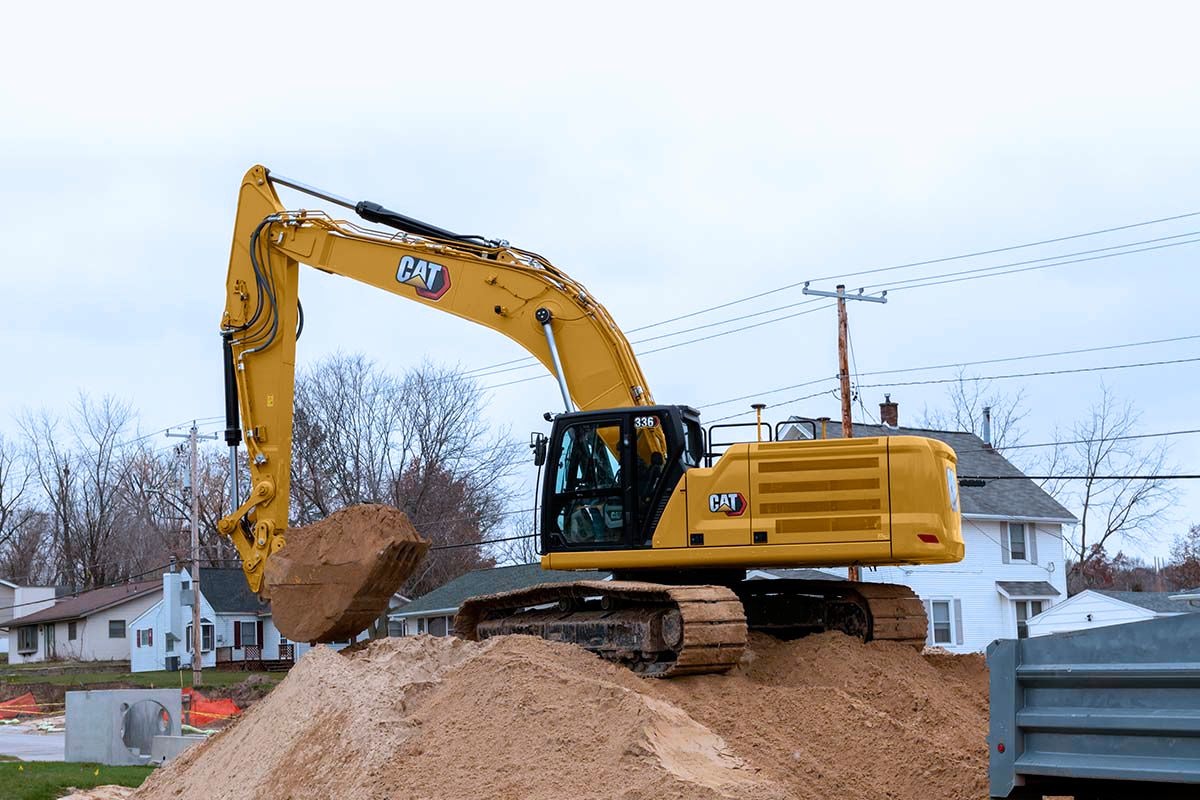Leasing Vs. Buying Building And Construction Equipment: Making the Right Option for Your Project
When starting a building job, among the important decisions that forecast supervisors and stakeholders encounter is whether to rent or buy building tools. Both choices have their drawbacks and benefits, making the selection a critical one in the project preparation procedure. The choice rests on numerous factors such as price factors to consider, project duration, devices maintenance, threat, scalability, and adaptability administration. Each component plays a crucial role in establishing one of the most ideal course for the task's tools requirements. heavy equipment rental. Allow's discover these elements further to comprehend just how they impact the decision-making procedure and inevitably the success of the job.
Expense Factors To Consider
Renting out equipment often calls for lower initial payments contrasted to purchasing, making it an attractive option for temporary tasks or service providers with budget restrictions. In the lengthy run, constantly renting out tools can build up greater costs than acquiring, especially for extensive projects.
On the other hand, purchasing building and construction equipment includes greater ahead of time expenses but can result in lasting financial savings, particularly for long-lasting jobs or constant individuals. Inevitably, the choice in between renting out and buying building devices pivots on the job's duration, frequency of usage, budget plan factors to consider, and long-term economic goals.
Project Duration

Conversely, for long-lasting tasks or ongoing building and construction work, purchasing equipment might be the more affordable option. Buying tools can cause set you back financial savings in the future, especially if the equipment will certainly be often made use of. Additionally, possessing devices gives a sense of control over its accessibility and permits modification to fit certain task requirements.

Equipment Maintenance
Offered the vital role project duration plays in identifying the most economical strategy between getting and renting out building tools, the emphasis now moves towards analyzing the crucial facet of equipment upkeep. On the various other hand, owning equipment needs a proactive strategy to maintenance to protect against break downs, make sure security, and expand the devices's life expectancy. Inevitably, a well-maintained construction devices fleet, whether leased or had, is crucial for the effective and successful completion of construction jobs.
Versatility and Scalability
In the realm of building and construction equipment administration, the aspect of flexibility and scalability holds substantial relevance for job performance and resource application. why not try these out Opting to rent out construction tools gives a high degree of versatility as it permits the quick modification of equipment types and amounts based upon the developing needs of a project. Leasing enables service providers to access a vast array of specialized devices that may be needed for details tasks without the lasting dedication of possession. This flexibility is particularly helpful for jobs with differing demands or unclear durations (construction equipment rentals).
Renting out building equipment offers the benefit of easily scaling operations up or down as task demands vary. Specialists can quickly exchange or add tools to match the project's transforming demands without the restrictions of possessing possessions that may become underutilized or obsolete.
Threat Management
Reliable risk management in building and construction devices procedures is vital to guaranteeing project success and mitigating possible economic losses. Construction projects inherently entail various threats, such as tools failures, crashes, and task delays, which can substantially impact the job timeline and budget plan. By carefully considering the risks related to owning or renting out building devices, job supervisors can make educated choices to decrease these possible risks.
Leasing building tools can use a degree of threat reduction by moving the obligation of repair and maintenance to the rental firm. This can minimize the financial concern on the job proprietor in situation of unexpected devices failings (dozer rental). Furthermore, renting provides the versatility to accessibility customized devices for certain job phases, minimizing the threat of possessing underutilized equipment
On the other hand, having building and construction devices gives a feeling of control over its use and maintenance. Nevertheless, this likewise means bearing the full responsibility for repairs, upkeep prices, and devaluation, raising the economic threats related to equipment ownership. Mindful danger assessment and factor to consider of aspects such as project duration, devices usage, and maintenance demands are used towable backhoe critical in establishing one of the most appropriate alternative for reliable threat administration in construction projects.
Verdict
To conclude, when deciding between renting and getting construction tools, it is necessary to consider cost, job period, equipment upkeep, flexibility, scalability, and risk administration. Each variable plays a critical function in figuring out the most suitable alternative for the task at hand. By very carefully assessing these aspects, project supervisors can make an educated decision that aligns with their budget plan, timeline, and overall project objectives.
